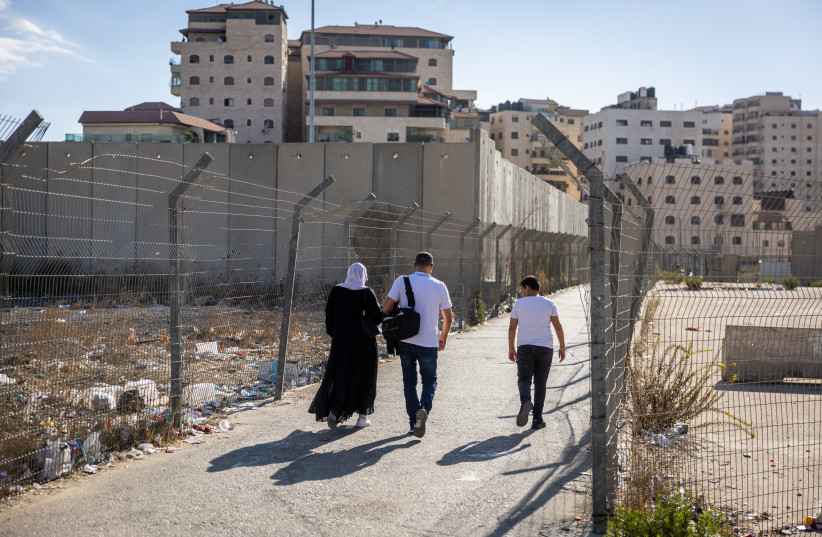Israel's Hotline for Refugees and Migrants, a leading organization protecting the rights of refugees, is expected to host a free event in Tel Aviv on June 16 in honor of International Refugee Day.
The celebration, organized by the Center for the Advancement of African Refugees (ARDC), Elifelt, the Center for Refugees and Immigrants and the United Nations High Commissioner for Refugees, will take place at Dizingoff Center. It is slated to include an exhibition of paintings and photographs by asylum-seeking artists Salam Mamosh, Naka Pitiya, Tsagai Barha and Davit Yergao.
Additional work of refugee women will be displayed, including that of the fashion designer Lily Klopa, an asylum seeker from the Congo, and authors Moran Macmell, Nir Senens and Saleh Abu Musa.
Refugees in Israel
According to the Population and Immigration Authority, there are currently about 25,500 asylum seekers living in Israel, mainly from Eritrea and Sudan.

The Hotline for Refugees and Migrants data reports there are about 19,500 Eritreans and around 7,150 Sudanese asylum seekers living in Israel. They have limited rights, are not officially allowed to work, and are not entitled to medical or welfare services, except in extreme cases.
For nearly a decade, Barbero-Elkayam has headed Mesila, a municipal unit run by the Tel Aviv Municipality, in collaboration with the Welfare and Social Affairs Ministry, with the aim of providing assistance and social services to asylum seekers.
“The [Eritrean and Sudanese] community centralized in the southeast of Tel Aviv, mainly in the Naveh Sha’anan, Hatikva and Shapira neighborhoods,” she said. “Rent has significantly increased, but they are still able to find apartments to rent and can find work in restaurants, hotels and as cleaners.
“Still, the situation is not good for them. They live a very difficult life here, and the community is still recovering from the coronavirus pandemic,” she said, noting that the asylum seekers were particularly hard hit by the pandemic and are still experiencing the aftereffects.
“In 2020, the community almost entirely stopped working because hotels and restaurants shut down. About 80% were suddenly unemployed and ineligible for any government stipends, due to their status,” she said. “They went hungry overnight. Even though they received aid, many are still in a lot of debt and living in poverty.
This crisis is further exacerbated in regard to children. “There has been a major increase in births in recent years, because most of the asylum seekers entered as young teens and have since gone on to have children,” she said, noting that since 2018, there are some 6,000 children of migrants living in South Tel Aviv, of which around 80% are Eritrean.
Lidar Grave-Lazi contributed to this report.
